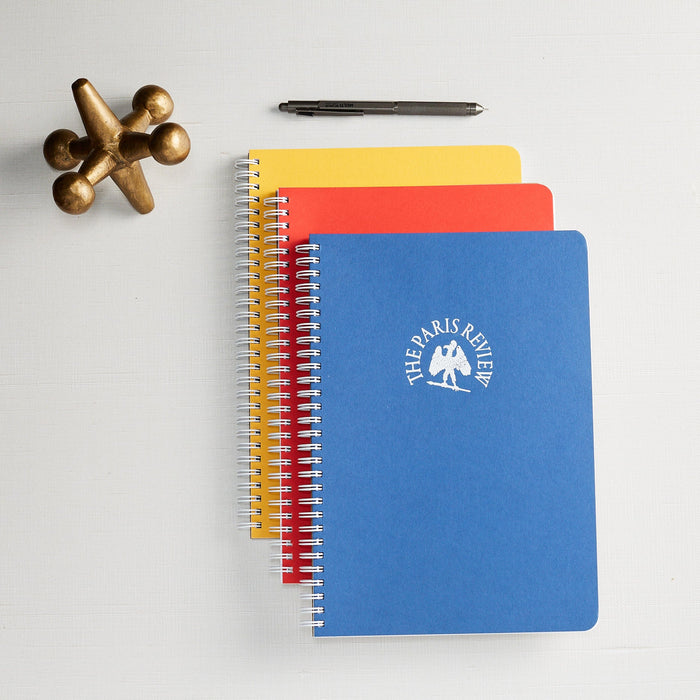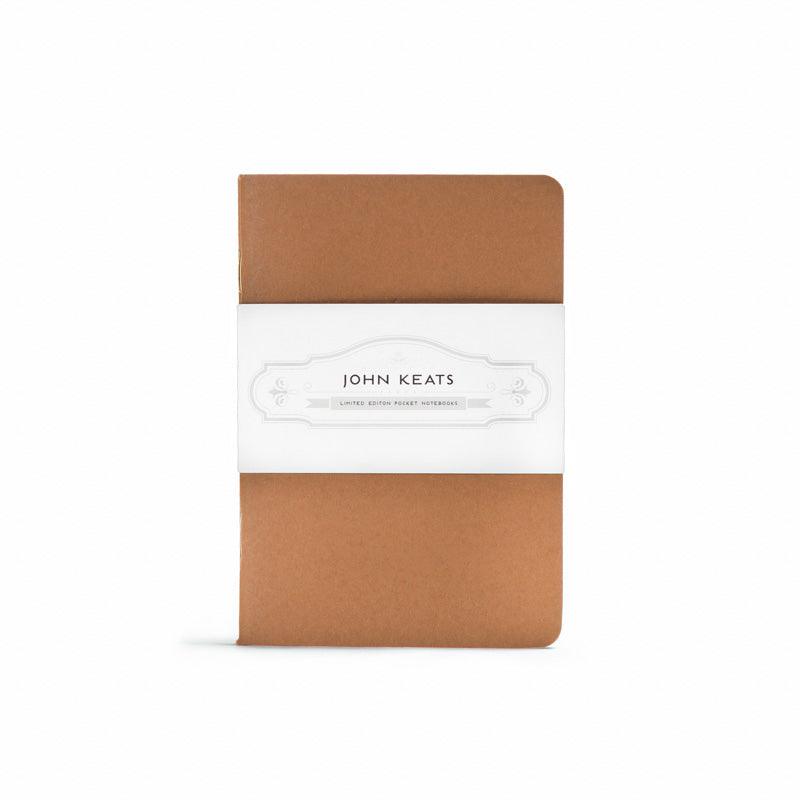
Born in London on October 31, 1795, John Keats was a leading figure in the second wave of Romantic poetry in Britain. While his family lacked the money and social standing to send him to a school like Eton, John Clarke’s school in Enfield exposed the young Keats to liberal ideas and gave him a life-long love of literature and history.
Despite any literary leanings, John Keats trained as a doctor and had great talent in surgery. Keats even earned his apothecary's licence in 1816, but he ultimately decided on a life of letters. Inspired by fellow writers such as Leigh Hunt and Lord Byron, Keats answered poetry’s call and began to write in earnest, with an eye to publication and financial success. While he was not commercially successful during his life, Keats had written a huge body of poetry before his death from tuberculosis at age 25.
He never married, but Keats was no stranger to love. He carried on romances with Isabella Jones and Fanny Brawne, both of whom served as the subjects of his poetry. But Keats is best known for the small body of mature work produced near the end of his short life, including his odes: poems written to inanimate objects -- most famously, to a Grecian urn, the poem which gives us the famous lines:


When old age shall this generation waste,
Thou shalt remain, in midst of other woe
Than ours, a friend to man, to whom thou say'st,
"Beauty is truth, truth beauty,—that is all
Ye know on earth, and all ye need to know."
[emphasis added]
The odes exhibit Keats’ ability to use the senses in service to poetry, engaging the world with the means of feeling and knowing that the body provides. “To Autumn” was in fact inspired by a walk that Keats took on the evening of September 19, 1819, along the River Itchen near Winchester. Keats composed “To Autumn” immediately after. Included in Keats’ volume Lamia, Isabella, the Eve of St. Agnes, and Other Poems, “To Autumn” was published in 1820. This paen to the harvest as a part of the natural cycle of the seasons speaks to the sensual side of autumn, down to the last leavings in a dripping cider press.
“To Autumn”
John Keats, 1819
Season of mists and mellow fruitfulness,
Close bosom-friend of the maturing sun;
Conspiring with him how to load and bless
With fruit the vines that round the thatch-eves run;
To bend with apples the moss'd cottage-trees,
And fill all fruit with ripeness to the core;
To swell the gourd, and plump the hazel shells
With a sweet kernel; to set budding more,
And still more, later flowers for the bees,
Until they think warm days will never cease,
For summer has o'er-brimm'd their clammy cells.
Who hath not seen thee oft amid thy store?
Sometimes whoever seeks abroad may find
Thee sitting careless on a granary floor,
Thy hair soft-lifted by the winnowing wind;
Or on a half-reap'd furrow sound asleep,
Drows'd with the fume of poppies, while thy hook
Spares the next swath and all its twined flowers:
And sometimes like a gleaner thou dost keep
Steady thy laden head across a brook;
Or by a cyder-press, with patient look,
Thou watchest the last oozings hours by hours.
Where are the songs of spring? Ay, Where are they?
Think not of them, thou hast thy music too,—
While barred clouds bloom the soft-dying day,
And touch the stubble-plains with rosy hue;
Then in a wailful choir the small gnats mourn
Among the river sallows, borne aloft
Or sinking as the light wind lives or dies;
And full-grown lambs loud bleat from hilly bourn;
Hedge-crickets sing; and now with treble soft
The red-breast whistles from a garden-croft;
And gathering swallows twitter in the skies.
These Limited Edition pocket notebooks are sold out but we still have others available:







Leave a comment